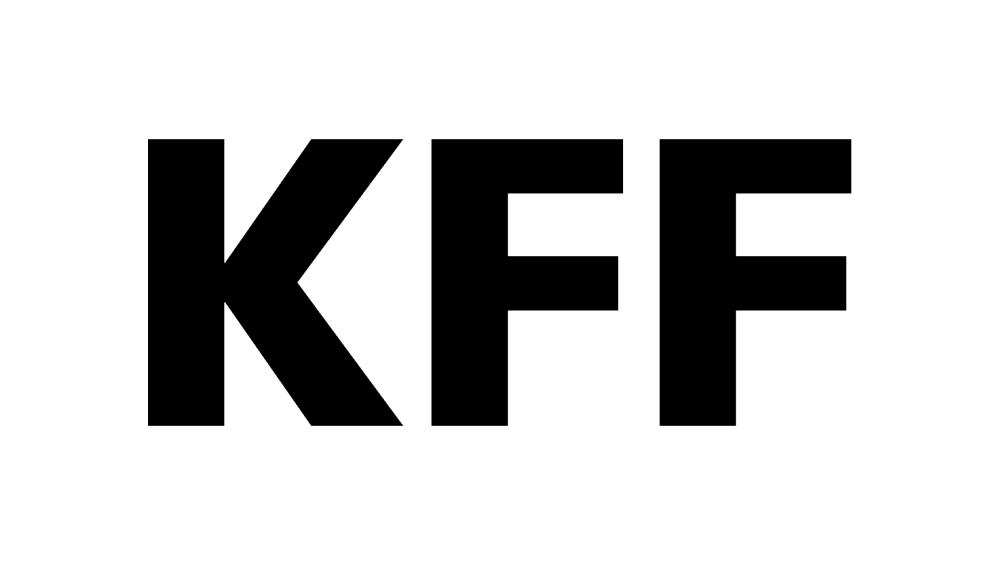 The U.S. Global Health Initiative: Key Issues
Issue Brief
The U.S. Global Health Initiative: Key Issues
Issue Brief
This policy brief analyzes several key issues and questions on the Obama administration’s new U.S. Global Health Initiative (GHI), a proposed six-year effort building on existing disease-specific initiatives to combat HIV, tuberculosis and malaria, while increasing attention to other areas, including maternal and child health, family planning and reproductive health,…